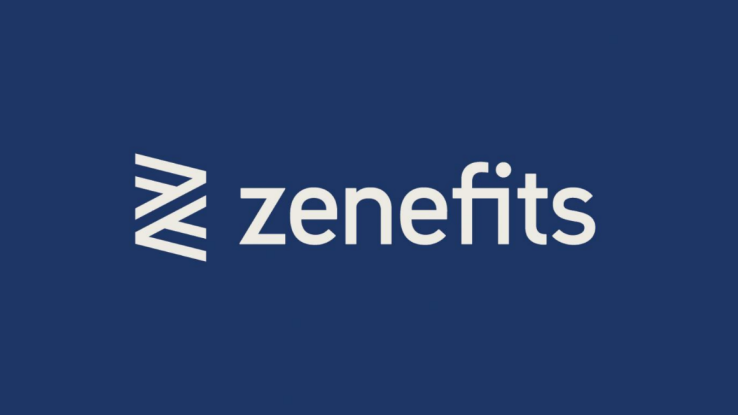

Zenefits co-founder Parker Conrad was shown the door in February last year, paving the way for then-COO David Sacks to take over the company and try to turn it around. After about a year of working on that, Sacks stepped back and brought in Jay Fulcher as its new CEO, the former CEO of Ooyala and Agile Software.
Since then, Fulcher has been taking a heat test on the company and the brand, trying to re-orient it into something that’s seen as compliant and business-friendly — and away from the chaotic culture that it had under Conrad. After taking a deep look into the guts of the company, Fulcher and the company have come out today with two big announcements: first, the name isn’t going anywhere while the brand gets a makeover; and second, that it’s getting out of the insurance brokerage business and leaving that up to new partners. By doing that, Zenefits hopes to become an all-in-one HR tool for small businesses while leaving insurance brokerage deals to partners.
“We realized that digital brokerage in an online fashion and not in person is somewhat resonant with really small companies, but as you begin to go beyond that the digital brokerage value prop is not nearly as useful as having local, embedded brokers,” Fulcher said. “They can offer the consulting and expertise to walk them through a lot of complexity. At the end of the day, I think all the meetings we’re having, we were trying to wrestle with how do we [ramp up] a product we know is ready for prime time. One of the best ways to do that is to partner with firms that have the infrastructure around the country.”
Initially, Zenefits will partner with OneDigital, an employee benefits company, as it starts to expand to partner with more regional and local brokers that have the expertise for various companies’ needs. Part of the dig against startups like Zenefits is often that as companies scale, they need to switch over to services that have the experience and prolific toolset needed to operate. Zenefits now hopes it can try to get the best of both worlds.
Fulcher says that this isn’t a play to make Zenefits a more diluted platform (or to go more “horizontal,” so to speak). Instead, Zenefits hopes to increase its addressable market — one that might graduate beyond the products that it offers as they look to those embedded, local brokers to handle the increasing complexity of insurance. By doing so, Zenefits is hoping to remove the sort of barrier for those companies that wanted to grow beyond its brokerage while staying on the service. “Our focus is on being a SaaS company, and not a broker,” he said.
Zenefits went to its customers, focus groups, analysts and other groups to assess the kind of damage that had been done to the Zenefits brand. Fulcher said he was surprised that the brand was, indeed, not completely tarnished and more than half the market had a positive impression of the company. As a result, the company looked more to refresh the narrative and hold on to the name. That includes not only the kind of mechanical changes happening at the brokerage level but the actual nitty gritty bits down to the logo of the company. Zenefits also said it is launching a new way to provide integration with third-party payroll tools.
Since Sacks took over, Zenefits has been looking more and more to focus on some core incremental bits like managing time off while it opens further up to partners to handle the rest of the suite of tools employers need. In that sense, this seems like another step in that direction as Zenefits looks more and more to be the kind of day-in-day-out tool for employees and HR managers. While that means Zenefits may increasingly cede parts of its turf to partners that may eventually become competitors one day, it means that it could also potentially get to markets that it wouldn’t be able to access faster.
“It’s still very early days in the SMB market, and it’s somewhat early days in my program to get the company back to very high growth momentum,” Fulcher. ” We’re maybe 30% of the way there is the way I’d describe it, we’re not confused about our product and we have a new business model that’s really exciting. I have completely rebuilt and reset listed the leadership team. People are excited about what we’re doing, they’re excited about the refreshed brand, they love the problem. The market we’re focused on is the backbone of the US economy. The noble purpose here isn’t lost on anyone and we have a very specific execution plan that we’re in the middle of working on.”

